Tannin supplementation can enhance the nonspecific immunity of shrimp by regulating the differential expression of various genes
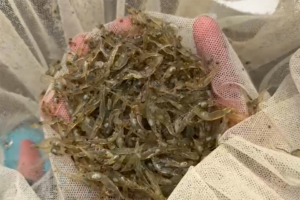
Intensification of culture practices for Pacific white shrimp (Litopenaeus vannamei) can result in significant increases in ammonia concentration in shrimp culture systems, creating undesirable conditions and affecting shrimp health, survival and productivity. Ammonia exposure can interfere with the immunity of shrimp, leading to tissue damage and even death.
As a natural phenolic compound, tannin (TA) is widely distributed in the plant kingdom and has strong antioxidant activity. It can also interfere with the absorption of nutrients by bacteria, viruses, parasites and other organisms, reduce the permeability of the host cell membrane, prevent cell membrane adsorption and thus have an inhibitory effect on pathogens. In recent years, tannins have been widely used as a natural substitute for antibiotics in feed in the nutrition of many animals to improve the gut microbiota ecosystem, enhance gut health and thus enhance production performance.
Transcriptome (the set of all RNA transcripts in an individual or a population of cells)-based interpretation of complex molecular responses of organisms to exogenous nutrients has been widely used in crustacean research. For example, researchers have shown that some lipids can alter the shrimp gill membrane structure and control iron balance by providing additional energy or specific fatty acids, thereby affecting the adaptation of L. vannamei to low salinity.
Metabolomics (the large-scale study of small molecules, commonly known as metabolites, within biofluids, cells, tissues or organisms) can systematically evaluate the physiological status of organisms under disease, stress and nutritional conditions by exploring metabolic pathways such as sugar generation, amino acid and lipid metabolism.
This article – summarized from the original publication (Zhang, X. et al. 2024. Effects of Tannin Supplementation in Diet on the Resistance to Ammonia Stress of Pacific White Shrimp Litopenaeus vannamei. Aquaculture Nutrition Volume 2024, Article ID 5539701) – presents the results of a study that investigated the molecular regulatory mechanisms of dietary tannin on the ammonia stress response of L. vannamei.
Study setup
This study was conducted at the State Key Laboratory of Mariculture Biobreeding and Sustainable Goods, Yellow Sea Fisheries Research Institute, Chinese Academy of Fishery Sciences in Qingdao, China. Healthy L. vannamei (initial weight of 0.3 ± 0.03 grams) from the aquaculture ponds of Haifeng Aquaculture Co., Ltd. (Changyi, China) were acclimated for seven days and randomly allocated into two groups: the not adding TA groups (TA_0) and the TA addition group (TA_800), with each group having three replicates. Shrimp were stocked into 5,000-liter tanks and fed an experimental diet containing 800 mg per kg of tannin for 56 days, and then subjected to acute ammonia stress for 48 hours to investigate the effect of dietary tannin on the ammonia stress response of L. vannamei through transcriptomic and metabolomic analysis.
For detailed information on the experimental design, shrimp husbandry, diet preparation, ammonia stress experiment, sample collection and analyses, refer to the original publication.
Results and discussion
Current research has shown that dietary tannin can improve the health status of shrimp, as has been reported for other farmed aquatic animals. However, the specific molecular regulatory mechanism is not yet known. In this study and for the first time, the optimal dosage of tannin – which we had determined in a previous study – was fed to L. vannamei, and the technologies of transcriptome and metabolome were integrated to explore the molecular regulatory mechanism of dietary tannin on the ammonia stress response of L. vannamei.
Tannin has strong antioxidant activity, and numerous studies have reported that it plays an essential role in enhancing immune function, preventing lipid peroxidation, improving intestinal microbiota and promoting nutrient digestion and absorption. In our study, we noted that ammonia stress induced the differential expression of 4,185 genes and significant changes in 59 pathways, while tannin-fed shrimp only had 964 differentially expressed genes while significant changes were observed in six pathways in the TS_800 groups. This indicates that dietary tannin helps maintain the homeostasis of gene transcription in shrimp.
In this study, genes related to the phenolic oxidase system were identified in the TS_0 group differential expression downregulation (process used by cells to decrease the production and quantities of its cellular components, such as RNA and proteins, in response to an external stimulus). The enzyme phenol oxidase (PO) is widely present in plants and animals, and is an important immune factor that participates in various immune responses and plays an important role in the nonspecific immune mechanism of invertebrates. In the immune defense system of crustaceans, the body damage caused by the outside world, or a small amount of foreign matter, will activate this system and then eliminate or resist external interference by secretion, encapsulation, phagocytosis and melanization of foreign particles.
The downregulation of differential expression of PO and other related chemicals indicates that ammonia stress may lead to a decrease in shrimp immune function. It is worth noting that PO was not significant in the TS_ 800 vs. TS_ 0 group, indicating that tannin addition can maintain the stability of the phenolic oxidase system, thereby maintaining the physiological homeostasis of shrimp. And we speculate that adding tannin can promote differential expression of heat shock proteins (HSP; proteins produced by cells in response to exposure to stressful conditions), thereby activating the prophenoloxidase (ProPO; an innate defense mechanism) system in response to ammonia stress.
In addition, other immune-related differential expression genes (DEGs) further confirmed that tannin can enhance the immune ability of shrimp. The enzyme lysozyme (LZM) can catalyze the hydrolysis of bacterial cell walls, leading to bacterial dissolution and death. It is one of the important nonspecific immune factors in shrimp, playing an important role in resisting bacterial invasion and maintaining immune defense. In our study, lysozyme significantly decreased after ammonia stress but increased significantly after feeding tannin under ammonia stress. This seems to indicate that supplementing tannin in the diet can regulate the participation of lysosomes in the shrimp response to ammonia stress.
From other signal pathways we researched, we also determined that the genes involved in the immune response of L. vannamei mostly complete their biological functions by regulating the upstream and downstream signaling pathways of lysosomal signaling and pancreatic secretion. Therefore, tannin may mainly reduce the inflammatory response of L. vannamei through the lysosomal pathway, thereby improving the animal’s immune ability.
The Kyoto Encyclopedia of Genes and Genomes, KEGG, is a knowledge base for the systematic analysis of gene functions in terms of the networks of genes and molecules. Using this bioinformatic resource, we found that in TS_0 groups, the A lots of DMs were significantly enriched in various amino acid metabolism pathways and indicating that tannin affects the metabolism of amino acids.
Amino acids, especially essential amino acids, are one of the important nutrients in shrimp and exert important effects on the normal growth and development of shrimp. L-Histidine can be converted into histamine by the enzyme histidine decarboxylase. Histamine is an important neurotransmitter widely present in animal tissues and is involved in regulating processes such as sleep, anxiety, hormone secretion, body temperature changes, appetite, and memory formation. L-histidine and histamine levels play an essential role in the anti-stress response process. In our study, L-histidine was increased in the TS_0 group compared to the TA_0 group, and interestingly, L-histidine was increased in the TS_800 group compared to the TS_0 group, suggesting that adding tannins to the diet can induce more L-histidine to maintain physiological homeostasis and resist stress response processes.
Another metabolically different amino acid is arginine. Arginine, as a functional amino acid, can enhance the immunity of aquatic animals and is widely involved in body metabolism through the synthesis of protein and various chemicals as well as the metabolism of glutamate and proline. Researchers have reported that arginine plays an important role in the growth and development, immune stress, and other traits of other crustaceans, and the overall conclusion is that adding tannin to the diet can enhance the immune ability of shrimp by regulating amino acid metabolism.
The integration of differential expression genes (DEGs) and differential metabolites (DMs) indicates that dietary tannins highly alter the digestion and absorption functions of proteins, as well as the biosynthesis and metabolism of amino acids. This study provides new insights into the adaptation of Pacific white shrimp to ammonia stress and the addition of tannins to feed to enhance immune function.
The synthesis and metabolism of various amino acids in living organisms maintain their homeostasis. Glycerol phospholipid was the most abundant type of phospholipids in the body; in addition to forming biofilms, it was also one of the components of bile and membrane surfactants and participate in the recognition and signal transduction of proteins by cell membranes. This further confirms our previous inference that tannins affect shrimp’s immune function, amino acid metabolism, protein synthesis, transmembrane transport, and other processes by regulating these pathways to maintain a stable state.
Perspectives
In this study, we combined transcriptomics and metabolomics analyses for the first time to describe how the addition of tannins to the diet improves the health of L. vannamei and its response to ammonia stress. Tannins can enhance the nonspecific immunity of shrimp by regulating the differential expression of various genes as well as the corresponding signaling pathways. And a large number of differential metabolites, including essential amino acids such as L-lysine, L-arginine and L-histidine, confirm that tannin leads to the remodeling of the shrimp metabolic function.
In addition, we showed that tannins affect protein digestion and absorption, as well as amino acid biosynthesis and metabolism. And we conclude that dietary tannins can support the response of L. vannamei to ammonia stress by affecting processes such as immunity, amino acid metabolism, protein synthesis and transmembrane transport.
Now that you've reached the end of the article ...
… please consider supporting GSA’s mission to advance responsible seafood practices through education, advocacy and third-party assurances. The Advocate aims to document the evolution of responsible seafood practices and share the expansive knowledge of our vast network of contributors.
By becoming a Global Seafood Alliance member, you’re ensuring that all of the pre-competitive work we do through member benefits, resources and events can continue. Individual membership costs just $50 a year.
Not a GSA member? Join us.
Author
-
Dr. Jitao Li
Corresponding author
State Key Laboratory of Mariculture Biobreeding and Sustainable Goods, Yellow Sea Fisheries Research Institute, Chinese Academy of Fishery Sciences, Qingdao 266071, China
Tagged With
Related Posts
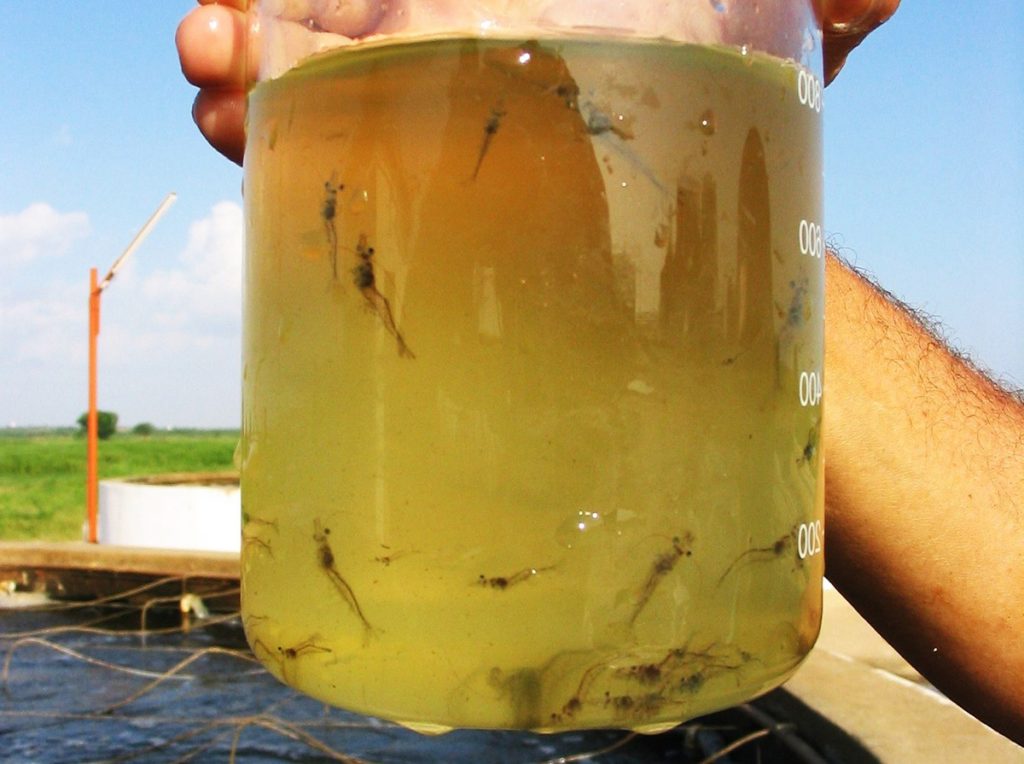
Health & Welfare
Dietary tannic acid performs well in Pacific white shrimp diets
Trials in China reveal dietary tannic acid can aid shrimp growth, digestion, nonspecific immunity, ammonia resistance and gut health.
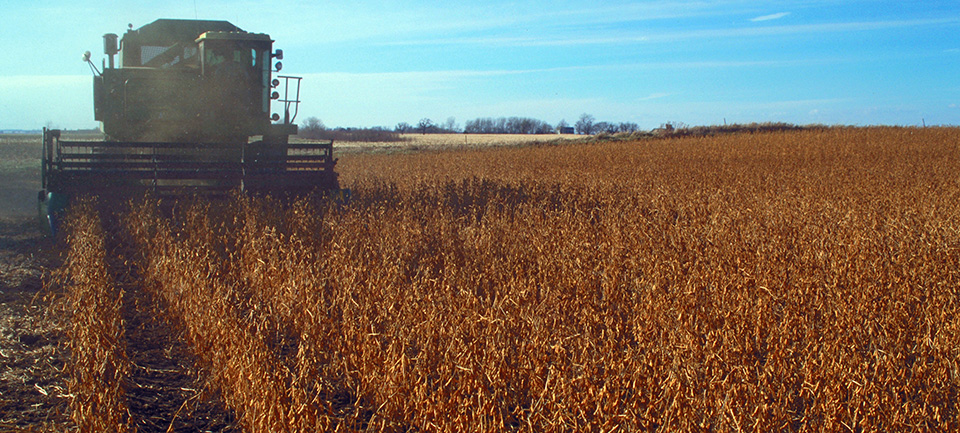
Aquafeeds
Antinutrients in plant-derived fish feed ingredients
An important limiting factor to the inclusion of some vegetable ingredients in aquafeeds is the presence of toxic secondary compounds, or antinutrients, in the ingredients.
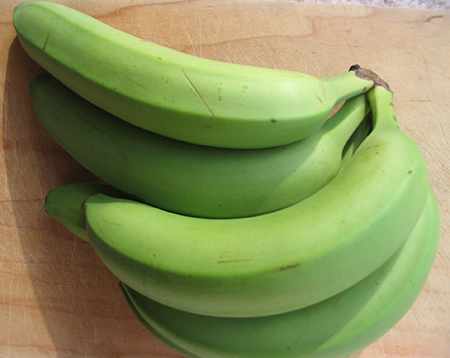
Aquafeeds
Banana meal tested as feed ingredient for Nile tilapia fingerlings
Green banana meal contains high carbohydrate levels and low levels of ash and fiber, making it a potential energy source for omnivorous fish species.
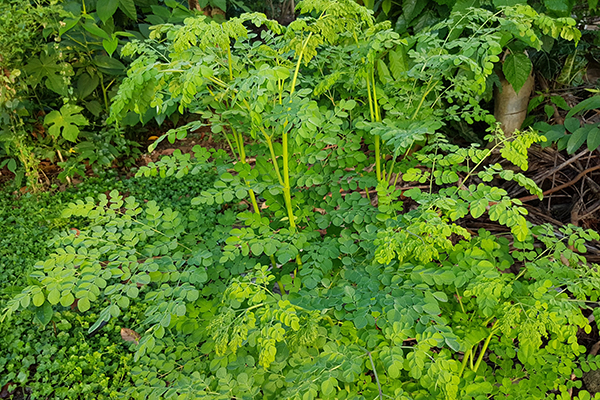
Health & Welfare
Moringa leaf extract can boost Pacific white shrimp immune responses
Including moringa leaf extract at a certain level enhanced immune response, growth and resistance of L. vannamei against V. alginolyticus infection.



